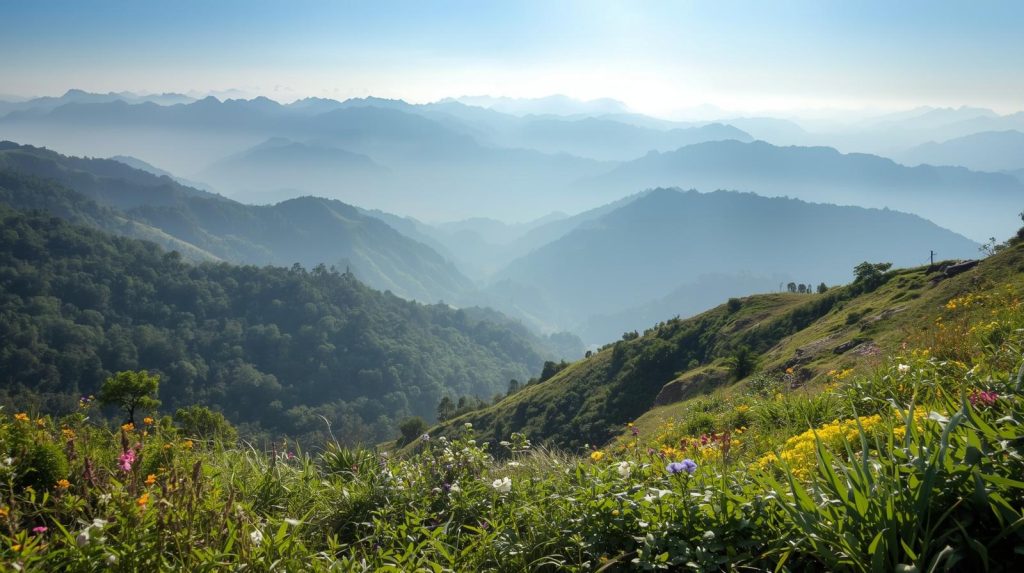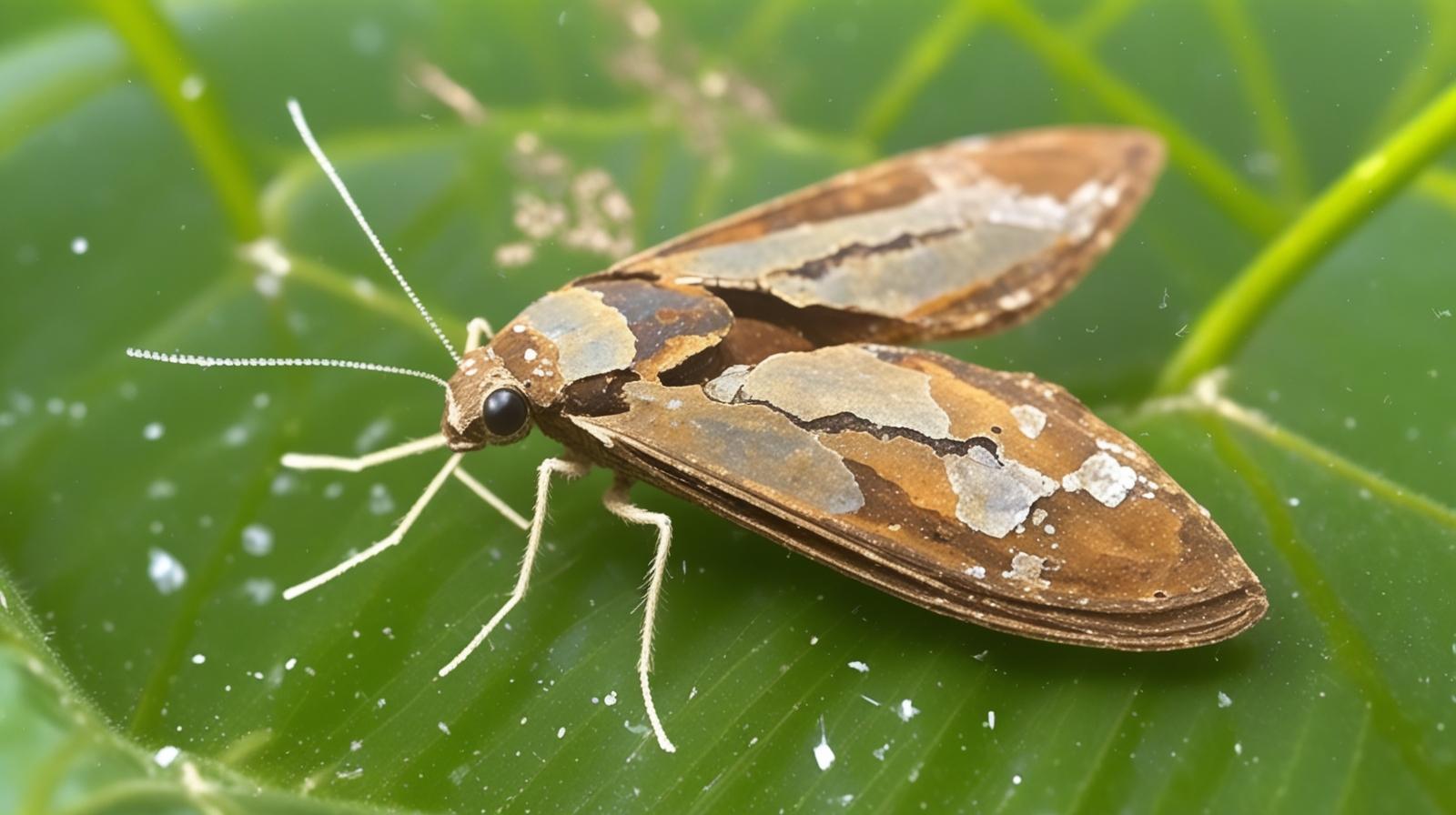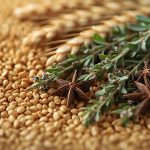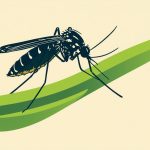Introduction
Deep in the Indian Himalayas grows Nardostachys jatamansi — a rare, aromatic herb known for its healing properties. Often called “Jatamansi,” this endangered species has long been used in traditional medicine as a sedative, neuroprotective, and anti-inflammatory agent.
A new study explores how different drying and extraction conditions affect the essential oil and polyphenolic composition of N. jatamansi, unlocking insights crucial for conservation and pharmaceutical development.
Key Findings: The Science Behind the Aroma
Higher Essential Oil Yield:
The fibrous mantle of the leaf base produced 1.06% essential oil, outperforming the root and rhizome (0.5%).
Chemical Richness:
Using GC–MS analysis, researchers identified 41 compounds in total.
- The dominant components were patchouli alcohol, γ-langenal, and γ-cadinene.
- Oxygenated sesquiterpenes (64%) dominated in roots and rhizomes, while sesquiterpene hydrocarbons (33%) prevailed in fibrous tissues.
Drying Method Matters:
- Sun drying yielded the highest phenolic content — particularly m-coumaric acid, chlorogenic acid, and gallic acid.
- Oven drying enhanced catechin extraction.
- Ethanol proved to be the most effective solvent for extracting phenolic compounds.
What Makes This Study Important
This research highlights how processing methods directly influence the medicinal quality of Nardostachys jatamansi.
Optimizing drying and solvent extraction could:
- Maximize the yield of valuable bioactive compounds
- Improve consistency in herbal formulations
- Reduce waste in industrial production
- Support sustainable utilization of an endangered Himalayan resource
Environmental and Conservation Implications
Overharvesting and habitat loss have made N. jatamansi critically endangered, listed under CITES Appendix II.
The study emphasizes responsible harvesting and standardized post-harvest protocols, ensuring that extraction for medicinal or industrial purposes does not endanger wild populations.
Reference
Rawat, V., Rawat, S., Kewlani, P., Bahukhandi, A., Bhatt, I. D., Nandi, S. K., & Pande, V. (2025). Essential oil and polyphenolic composition in Nardostachys jatamansi influenced by different plant parts and drying conditions. Discover Plants, 2(1), 280. https://doi.org/10.1007/s44372-025-00360-8







